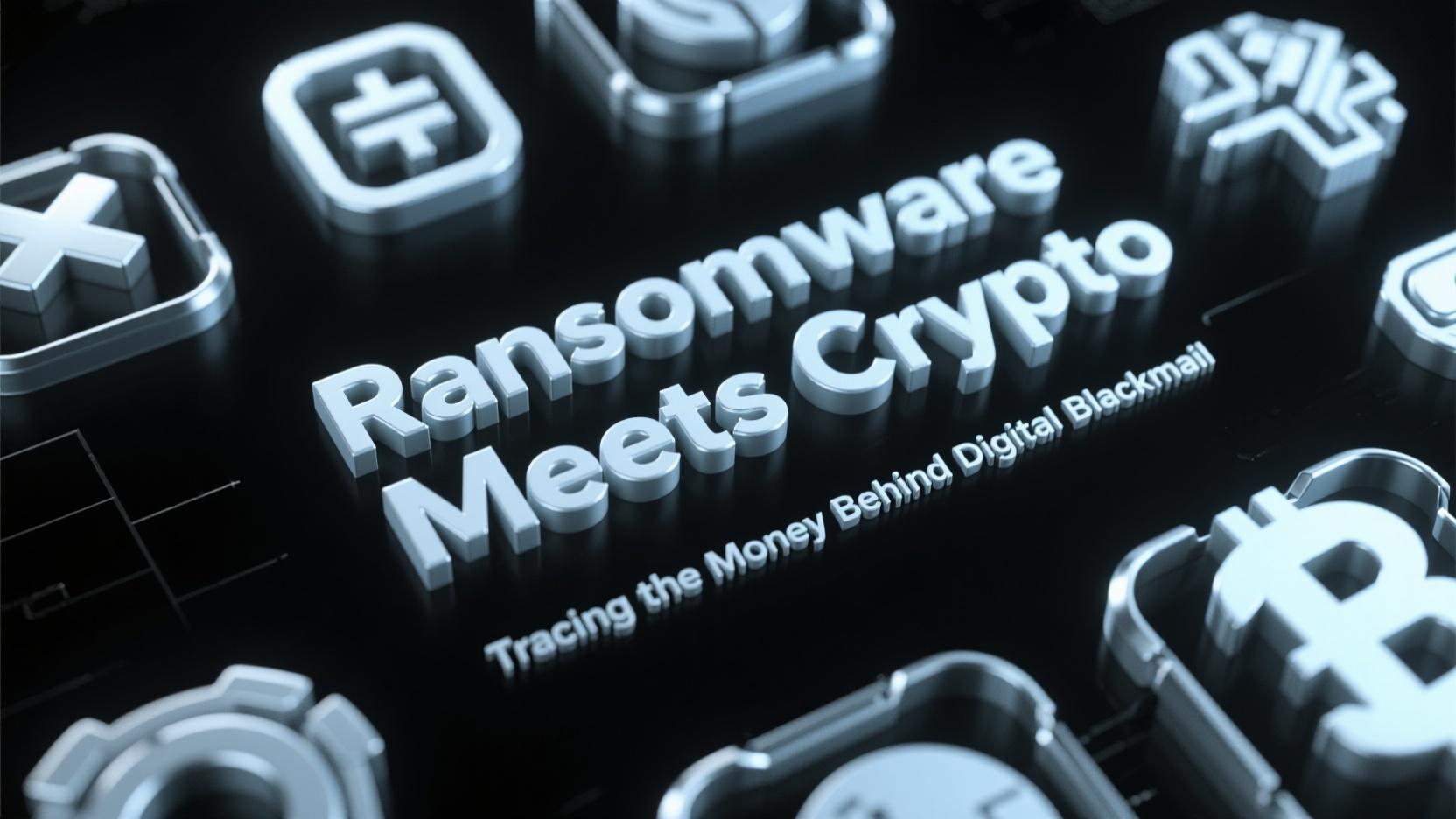Inside the Supply Chain of Digital Extortion, and How Investigators Follow the Tokens
In recent years, ransomware has evolved from scattered amateur attacks into a professionalized black market business, with ransom demands exceeding millions — often paid in cryptocurrency. But the same decentralization that enables anonymous payments also leaves behind on-chain breadcrumbs.
Cybercrime units are now using blockchain analytics to turn the tools of the criminal economy against itself.

The Rise of RaaS: Ransomware-as-a-Service
Gone are the days of one-off hackers. Today, we see:
Ransomware developers leasing malware kits to affiliates
Affiliate networks splitting profits with central command groups
Victims ranging from hospitals to city governments
Almost all ransom payments are now demanded in:
Bitcoin (for ubiquity)
Monero (for privacy)
Tether on Tron (for speed and stability)
How Authorities Follow the Money
Every crypto ransom payment begins traceable. Blockchain forensics firms like Chainalysis, Elliptic, and TRM Labs now help law enforcement:
Monitor wallets in real-time
Flag mixing services or privacy coin conversions
Link wallet behaviors to known threat actors
One high-profile case: after a U.S. pipeline operator paid $4.4M in Bitcoin, FBI agents traced most of the funds and seized back $2.3M through coordinated private key access.
Challenges Remain
Criminals use chain hopping (moving funds across blockchains)
Leverage DeFi protocols for obfuscation
Buy KYC’d accounts on dark markets to exit into fiat
As a response, many exchanges now deploy on-chain analytics in real time to block known ransomware wallets automatically.

The Policy Frontier
Governments are debating:
Requiring identity-linked wallets for large transfers
Blacklisting non-compliant privacy coins
Introducing “crypto SARs” (Suspicious Activity Reports) for wallet behavior, not just fiat movement
“Crypto is not untraceable — just unregulated,” says a Europol analyst.
Key Takeaway
Ransomware has found its financial match in crypto — but crypto also gives defenders an unprecedented trail to follow. In the arms race of cybercrime, transparency is now a weapon.
